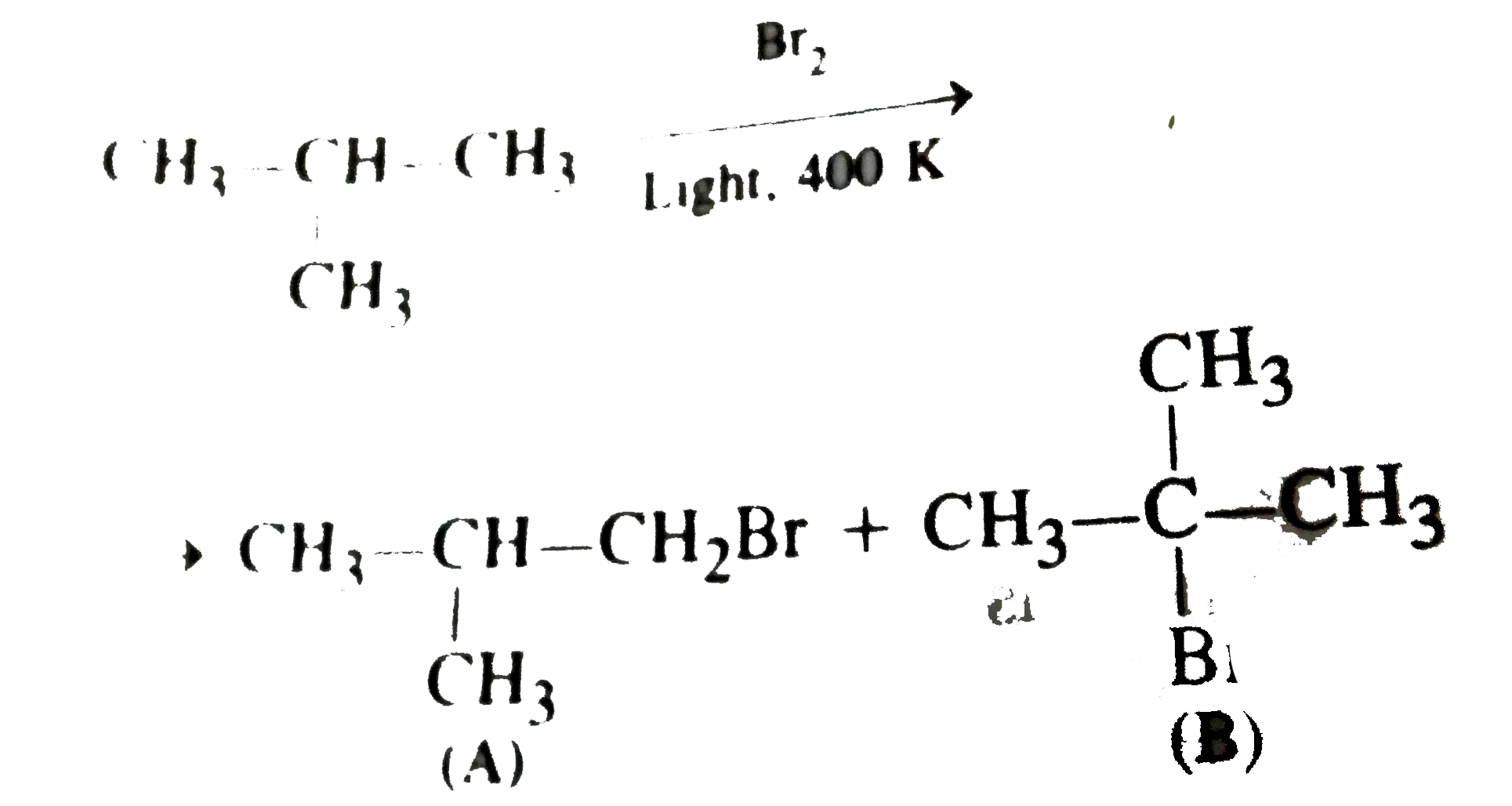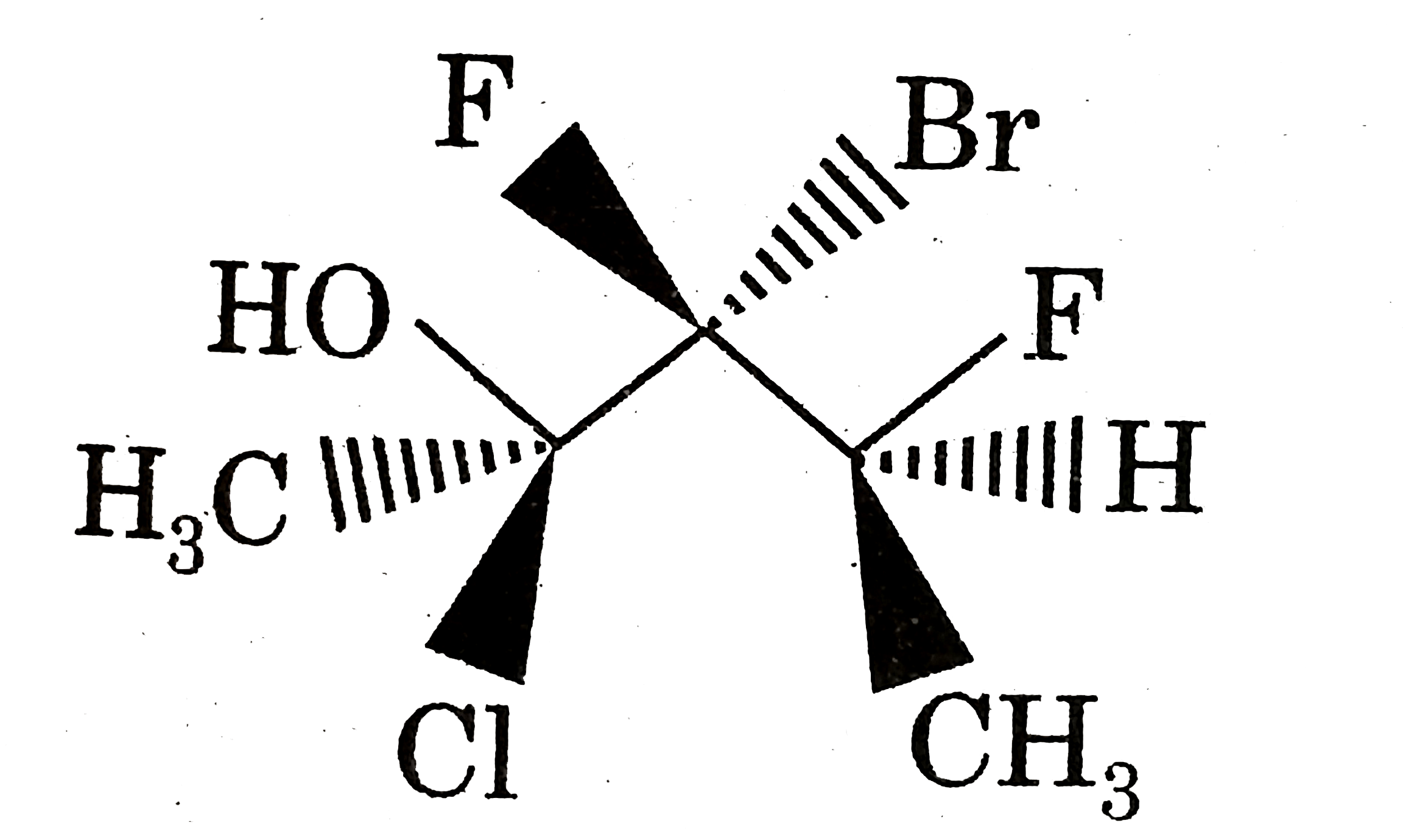Which of the following is herbicide?
DDT
(CH3)2Hg
NaClO3
C2H2
The correct Answer is:3
To determine which of the given options is a herbicide, we will analyze each option provided in the question.
1. Identify the Options: We have four options to evaluate:
- DDT (Dichloro-Diphenyl-Trichloroethane)
- Dimethyl Mercury (CH3)2Hg
- Sodium Chlorate (NaClO3)
- Acetylene (C2H2)
2. Analyze DDT:
- DDT is known as an insecticide, primarily used to kill insects.
- It is not classified as a herbicide because it targets insects, not plants.
3. Analyze Dimethyl Mercury:
- Dimethyl Mercury is primarily used in research, particularly in NMR (Nuclear Magnetic Resonance) spectroscopy.
- It does not serve as a herbicide.
4. Analyze Sodium Chlorate (NaClO3):
- Sodium Chlorate is a white crystalline powder that is soluble in water.
- It is classified as a non-selective herbicide, meaning it can kill a wide range of plants and is not specific to any particular species.
5. Analyze Acetylene (C2H2):
- Acetylene is a simple alkyne used mainly as a fuel for welding.
- It is not used as a herbicide.
6. Conclusion:
- Among the options provided, Sodium Chlorate (NaClO3) is the only substance that is classified as a herbicide.
Final Answer:
Sodium Chlorate (NaClO3) is the herbicide.
---
- DDT (Dichloro-Diphenyl-Trichloroethane)
- Dimethyl Mercury (CH3)2Hg
- Sodium Chlorate (NaClO3)
- Acetylene (C2H2)
- DDT is known as an insecticide, primarily used to kill insects.
- It is not classified as a herbicide because it targets insects, not plants.
- Dimethyl Mercury is primarily used in research, particularly in NMR (Nuclear Magnetic Resonance) spectroscopy.
- It does not serve as a herbicide.
- Sodium Chlorate is a white crystalline powder that is soluble in water.
- It is classified as a non-selective herbicide, meaning it can kill a wide range of plants and is not specific to any particular species.
- Acetylene is a simple alkyne used mainly as a fuel for welding.
- It is not used as a herbicide.
- Among the options provided, Sodium Chlorate (NaClO3) is the only substance that is classified as a herbicide.
Sodium Chlorate (NaClO3) is the herbicide.
Topper's Solved these Questions
- ENVIRONMENTAL CHEMISTRYBOOK - AAKASH INSTITUTECHAPTER - ENVIRONMENTAL CHEMISTRYEXERCISE - ASSIGNMENT (SECTION-C)
16 Videos
- ENVIRONMENTAL CHEMISTRYBOOK - AAKASH INSTITUTECHAPTER - ENVIRONMENTAL CHEMISTRYEXERCISE - ASSIGNMENT (SECTION-D) (Assertion - Reason Type Questions)
5 Videos
- ENVIRONMENTAL CHEMISTRYBOOK - AAKASH INSTITUTECHAPTER - ENVIRONMENTAL CHEMISTRYEXERCISE - ASSIGNMENT (SECTION-A)
50 Videos
- ELECTROCHEMISTRY BOOK - AAKASH INSTITUTECHAPTER - ELECTROCHEMISTRY EXERCISE - Assignment (SECTION - J) (Aakash Challengers Questions)
10 Videos
- EQUILIBRIUMBOOK - AAKASH INSTITUTECHAPTER - EQUILIBRIUMEXERCISE - ASSIGNMENT (SECTION -D)
20 Videos
Similar Questions
Knowledge Check
Which of the following is a herbicide?
ANaClO3BNa2SO4CNa3AsO4DNaClConsider the following reaction

Which of the following is true?ACompound A is formed in much larger equal amountsBCompound A is formed in much larger equal proportionsCCompound B is formed in much larger equal amountsDRelative amount of the two cannot be predictedWhich one of the following is a herbicide?
AOrganochlorinesBOrganophosphatesCCarbamatesDSodium arisinite
Which of the following is not a herbicide?
View SolutionWhich of the following is not a herbicide?
View Solutionwhich of the following is not ?
View SolutionWhich of the following Fischer projection is the enantiomer of the following molecule?

View SolutionWhich of the following plants have been genetically engineered to provide herbicide tolerance ?
View Solution

